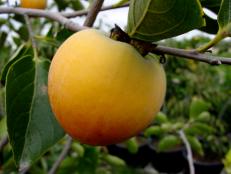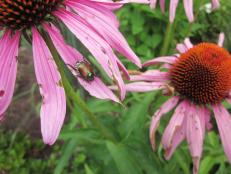1 / 16
Photo: Debbie Wolfe
Napa Cabbage With Insect Damage
When you learn to identify these pests in their adult stage, it makes controlling caterpillar damage a bit easier. Organic treatments for caterpillars, such as Bt, are most helpful when the target species is actively present. By watching out for the breeding-stage adult you won’t waste time or money spraying ineffectively at the wrong time. Another strategy to deal with many caterpillars is to grow plants with small clusters of flowers that are attractive to the predatory wasps whose larva will destroy caterpillars.












